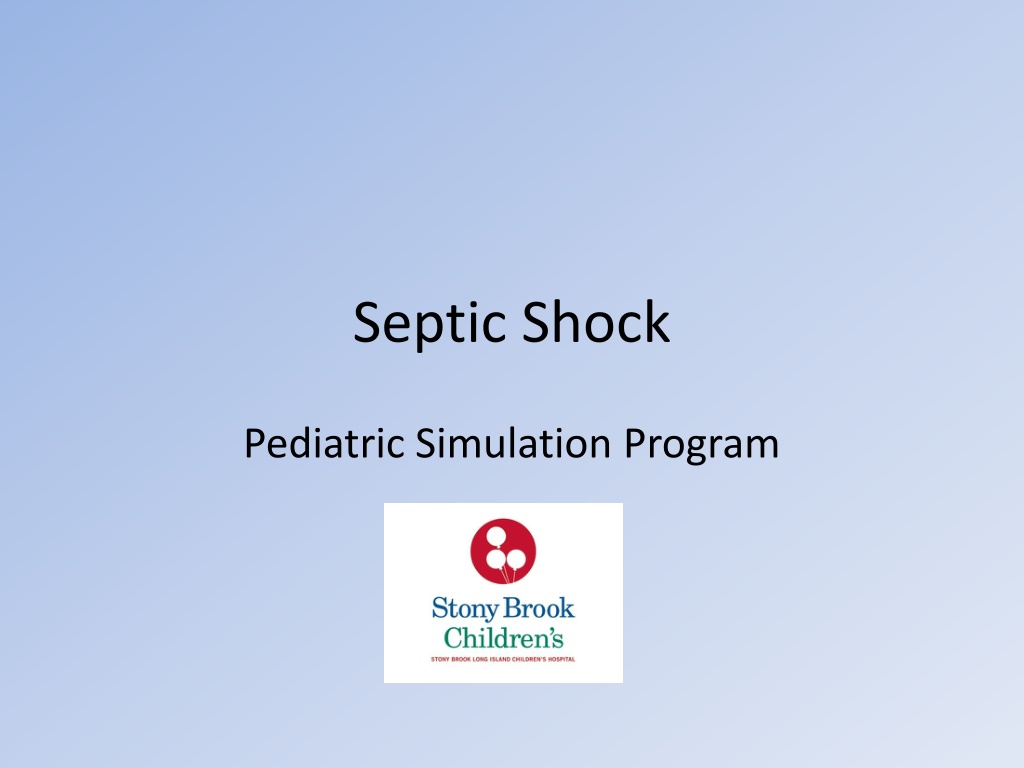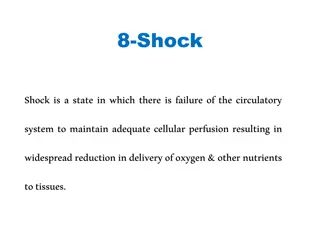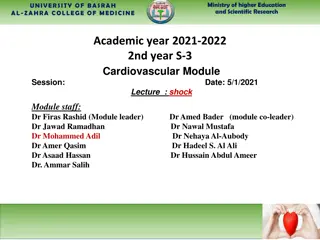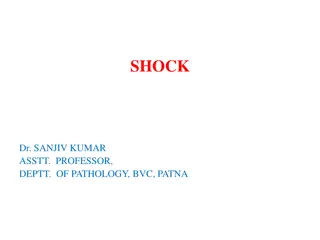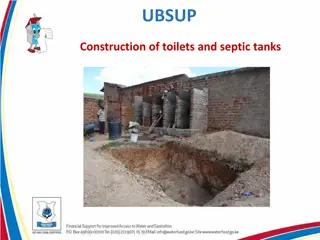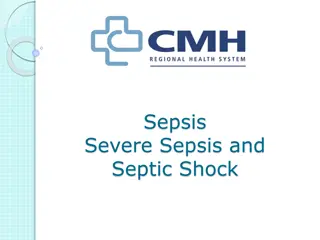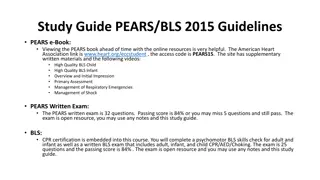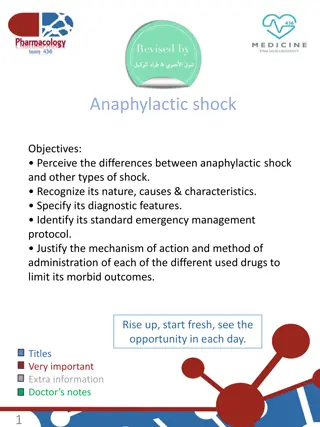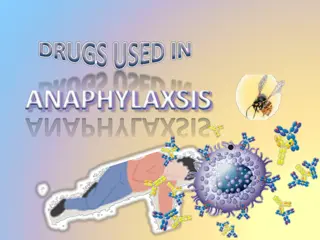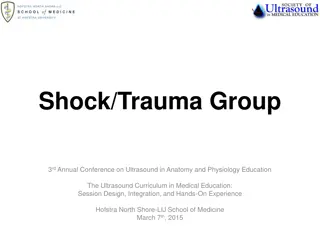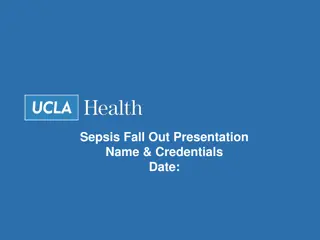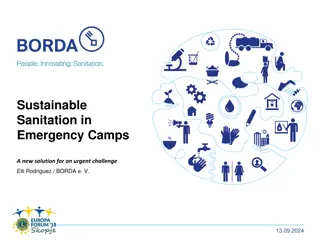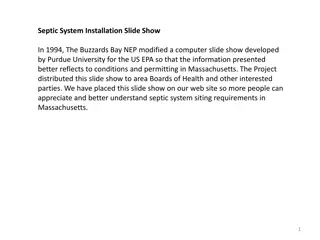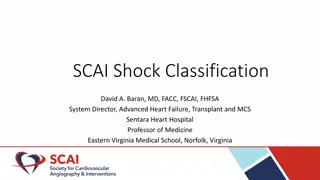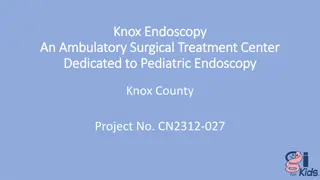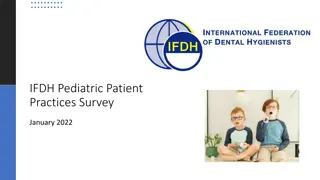Management Strategies for Pediatric Septic Shock Simulation Program
This content provides information on the management of sepsis, including recognition, supportive care, source control, antibiotics, and specific therapies. It emphasizes the importance of initial resuscitation goals, strategies involving fluid resuscitation, inotropic support, and timely administration of antibiotics to reduce mortality in patients with sepsis. Research highlights the impact of treatment delays on mortality rates, stressing the significance of early antibiotic therapy.
Download Presentation

Please find below an Image/Link to download the presentation.
The content on the website is provided AS IS for your information and personal use only. It may not be sold, licensed, or shared on other websites without obtaining consent from the author. Download presentation by click this link. If you encounter any issues during the download, it is possible that the publisher has removed the file from their server.
E N D
Presentation Transcript
Septic Shock Pediatric Simulation Program
Parasite Virus Severe Sepsis SIRS Sepsis Infection Fungus shock Severe SIRS Trauma Bacteria BSI Burns Adapted from SCCM ACCP Consensus Guidelines
Management of Sepsis Recognition Supportive care Source control Antibiotics Specific (adjunctive) therapy
Initial resuscitation of sepsis: therapeutic goals Central venous pressure: 8 12 mmHg Mean arterial pressure: 65 mmHg Urine output: 0.5 mL/kg/h Central venous (SVC) or mixed venous oxygen saturation: 70%
Strategies Fluids, fluids, fluids What is a bolus ? Consider inotropic and vasoactive support Venous and arterial Access For therapeutic and diagnostic goals Antibiotics
Inadequate treatment of bloodstream infections increases ICU mortality Ibrahim et al, Chest 2000 118:146
Increased mortality with administration of antibiotics >1 hour
Time to Treatment and Mortality during Mandated Emergency Care for Sepsis Time to Treatment and Mortality during Mandated Emergency Care for Sepsis Christopher W. Seymour, et al. Christopher W. Seymour, et al. N Engl J Med. 2017 June 08; 376(23): 2235 2244. CONCLUSIONS CONCLUSIONS More rapid completion of a 3-hour bundle of sepsis care and rapid administration of antibiotics antibiotics, but not rapid completion of an initial bolus of intravenous fluids, were associated with lower risk-adjusted in-hospital mortality. The Timing of Early Antibiotics and Hospital Mortality in Sepsis. The Timing of Early Antibiotics and Hospital Mortality in Sepsis. Liu VX1, et al. Am J Respir Crit Care Med. 2017 Oct 1;196(7):856-863. CONCLUSIONS: CONCLUSIONS: hourly delays in antibiotic administration were associated with increased odds of hospital mortality even among patients who received antibiotics within 6 hours. The odds increased within each sepsis severity strata, and the increased odds of mortality were greatest in septic shock. Start antibiotics early & with adequate coverage to decrease (ICU) mortality!
Early goal directed therapy Purpose: to adjust cardiac preload, afterload and contractility to balance oxygen delivery with oxygen demand Entry criteria: patients in the emergency dept with severe sepsis & shock Plan: randomise to 6h of EGDT before transfer to ICU Rivers et al, N Engl J Med 2001 345:1368
Early Goal Directed Therapy A/E admissions with severe sepsis/shock treated for 6 h before ICU transfer Protocol designed to achieve: CVP 8 12 mmHg MAP 65 mmHg ScvO2 70% Urine output 0.5 ml/kg.hr Rivers et al, N Engl J Med 2001 345:1368-77
